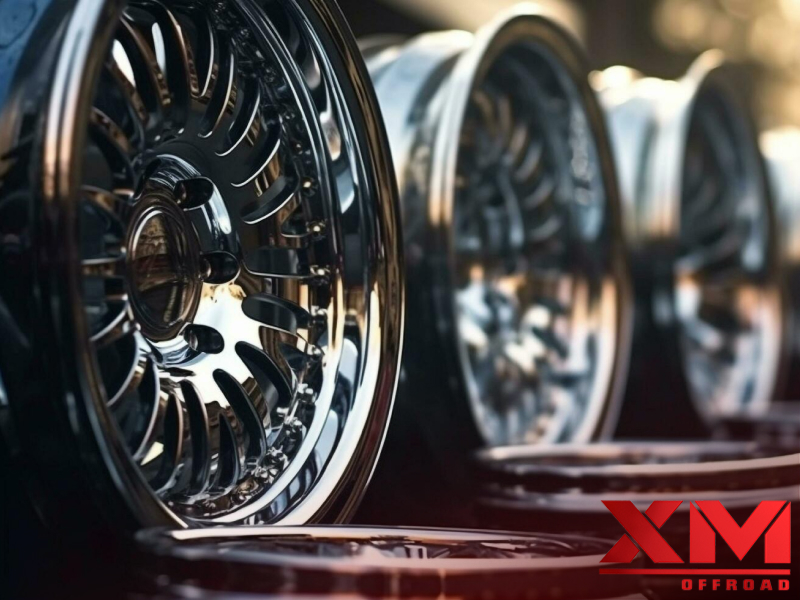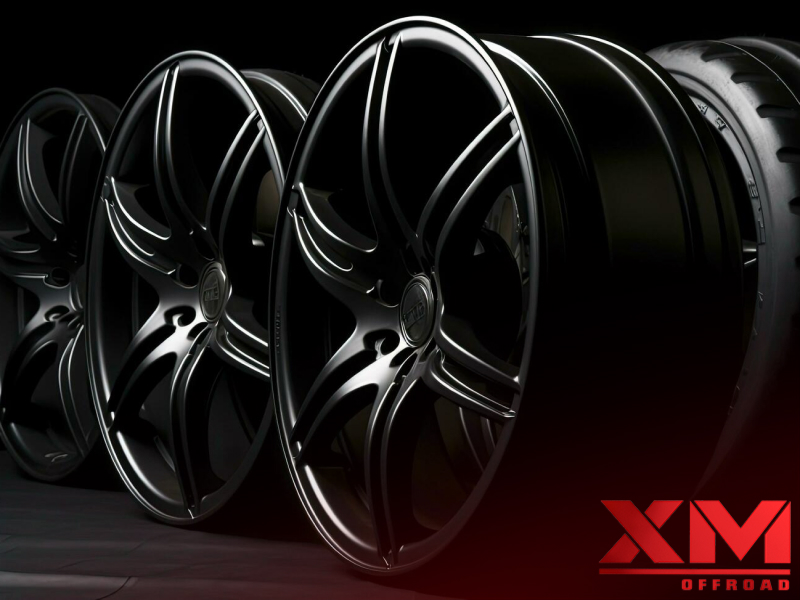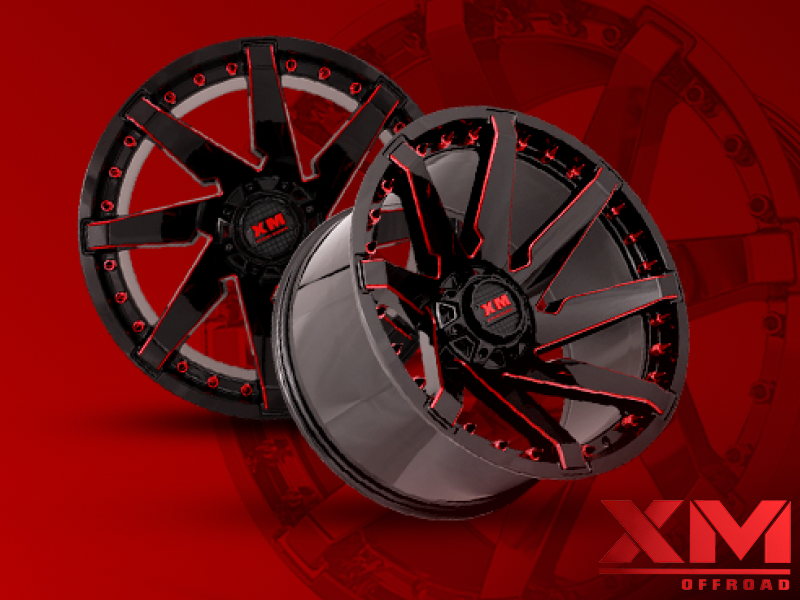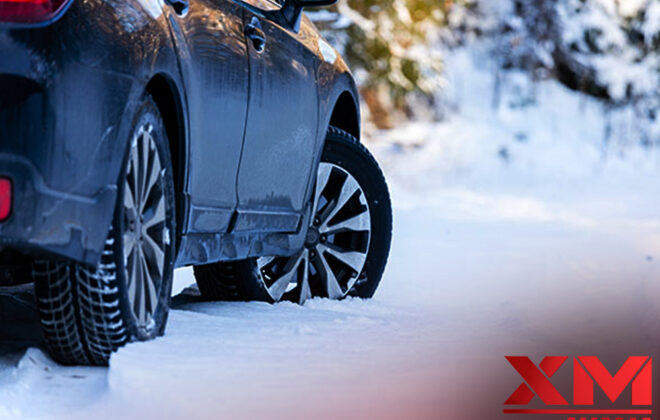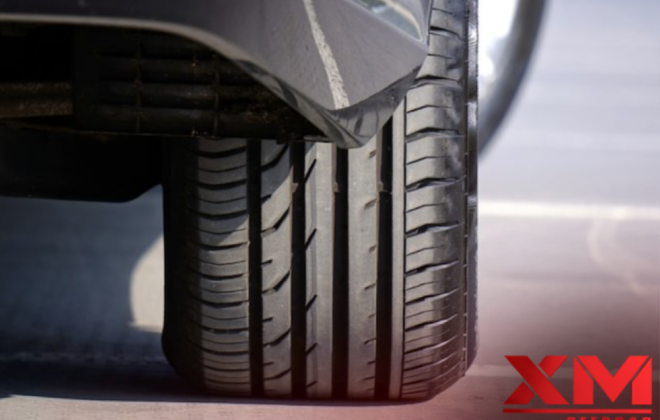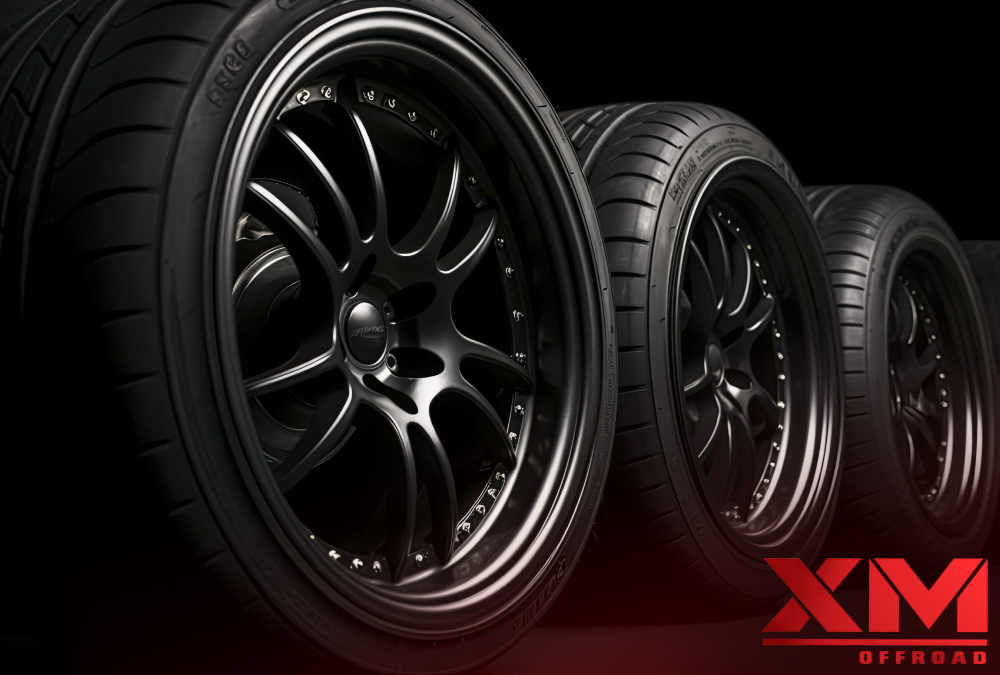
5 Important Factors that Influence the Cost of Replacing Tire Rims
The tire rims, also known as wheels, are an essential component of any vehicle, playing a crucial role in supporting the tires and providing stability, safety, and overall performance on the road. Over time, car owners may consider changing their tire rims for various reasons, such as improving aesthetics, enhancing performance, or replacing damaged or worn-out rims. However, the cost of changing tire rims can vary significantly based on several factors. In this article, we will explore the five important factors that influence the cost of replacing tire rims, the different types of rims available, and some useful tips for getting the best value for your money.
Factors Influencing the Cost of Changing Tire Rims
-
Rim Brand and Quality
The brand and quality of the tire rims play a significant role in determining their cost. Well-established and reputable brands with a record of producing high-quality rims charge a premium for their products. These brands invest heavily in research, development, and testing to ensure their 30 inch rims meet the highest safety and performance standards. While premium brands may be more expensive, they often provide additional benefits such as better warranty coverage, improved design aesthetics, and enhanced durability. On the other hand, opting for less-known or generic brands may lower the upfront cost but might compromise long-term reliability and performance.
-
Rim Size and Design
Another crucial factor affecting the cost of changing tire rims is the size and design of the rims. Larger rims tend to be more costly than smaller ones due to the increased material requirements and manufacturing complexity. Additionally, unique and intricate designs, like customized or limited-edition rims, can add to the overall cost. Furthermore, some vehicle models may require specific rim sizes to accommodate the brake system or suspension components. In such cases, opting for custom-made or OEM (Original Equipment Manufacturer) rims might incur additional expenses, contributing to the overall cost of changing tire rims.
-
Rim Material and Finish
The material used to construct the tire rims greatly influences their cost. As mentioned earlier, steel rims are the most affordable option, while alloy, forged, and carbon fiber rims are progressively more expensive due to the higher material costs involved. The finish applied to the rims can affect their price. Common rim finishes include polished, painted, chrome-plated, and powder-coated. More elaborate and labor-intensive finishes like chrome plating tend to increase costs compared to simpler options like painted or powder-coated rims.
-
Market Demand and Seasonal Variations
Market demand and seasonal variations can also impact the cost of changing tire rims. During peak seasons, such as spring, when many car owners prepare their vehicles for summer road trips, the demand for tire rims and related services tends to increase. As a result, prices may rise due to higher demand. On the other hand, during off-peak seasons or periods of low market demand, tire rim dealers and service providers may offer discounts and promotions to attract customers, resulting in potential cost savings for buyers.
-
Labor Costs and Installation Fees
Changing tire rims involves removing existing ones and mounting new ones, which requires specific tools and expertise. Labor costs for this service can vary depending on the job’s complexity and the service provider’s location. The installation cost may include additional services such as tire balancing, valve stem replacement, and alignment adjustments. These services are essential to ensure the vehicle operates smoothly and safely with the new rims. Hence, they contribute to the overall cost of changing tire rims.
Tips for Cost-Effective Rim Replacement
Set a Budget and Consider Quality
Before embarking on the process of changing tire rims, set a realistic budget. It will help you narrow your options and focus on rims within your price range. While it can be tempting to opt for the cheapest option available, remember that the quality of the rims directly impacts your vehicle’s performance and safety. It is worth investing in rims made from reputable materials and brands, even if they cost slightly more.
Opt for Refurbished or Used Rims
Purchasing brand-new replacements can be expensive if your rims are severely damaged or beyond repair. Consider exploring the option of refurbished or used rims from reputable sellers. Many auto shops and online platforms offer high-quality refurbished rims that have been thoroughly inspected and restored to excellent condition, providing a cost-effective alternative to brand-new rims.
Check for Warranty Coverage
Purchasing new rims or getting replacements, always check for any warranty coverage provided by the manufacturer or the seller. Warranties can offer protection against defects and premature failures, saving you from costly out-of-pocket expenses if unexpected issues arise.
Shop Around and Compare Prices
Regarding rim replacement, prices can vary significantly between different sellers and auto shops. Before deciding, shop around and compare prices from various sources. Additionally, inquire about ongoing promotions, discounts, or package deals that could reduce the overall cost.
Package Deals and Negotiate with the Retailer
As mentioned, some retailers offer package deals that include tires and rims. These deals can be more cost-effective than purchasing tires and rims separately. In some cases, especially when purchasing expensive rims or as part of a larger purchase, it may be possible to negotiate a discount with the retailer or service center.
Conclusion
The cost of changing tire rims can vary significantly based on factors such as rim material, size, brand, design, and labor charges. While steel rims are budget-friendly, aluminum rims balance performance and price. Forged rims represent the premium choice, catering to performance enthusiasts and sports car owners. Custom rims allow for personalization, but their cost can vary widely based on customization levels.
Read Also: What are the Reasons to Use AutoDeal When Buying Your New Car?
When selecting new tire rims, car owners should consider their budget, driving needs, and preferences. By doing thorough research, comparing prices, and exploring package deals, drivers can find the right rims that enhance their vehicle’s performance and aesthetics without breaking the bank. Remember that investing in high-quality tire rims is an investment in safety and driving experience, making it a worthwhile consideration for any vehicle owner.
FAQs
Q1) Is Purchasing Tires and Rims Together Less Expensive?
You can save time and pay only one installation fee when you buy your wheels and tires together, which is less expensive than putting them separately. All you have to do is choose the wheels and tires you want to complete your package, add them to your cart, and enter the information about your vehicle.
Q2) How Much Does It Cost to Change a Tire on a Rim?
The labor cost can depend on where you go, but you may expect to pay anywhere from $50 to $200 per tire for installation.
Q3) Is Buying Four Tires at Once Preferable?
It’s always ideal to change all four tires at once. It is because all four tires spin independently of one another, and the speed at which they spin might vary depending on the tread depth and style. If the car has one, that could harm the drivetrain and interfere with an indirect TPMS system.
Q4) How Long Should Tires Last?
On average, people drive between 12,000 to 15,000 miles a year, which means the good quality all-season tire will last between four and five years, depending on the maintenance of the tire, driving style, conditions, etc.

